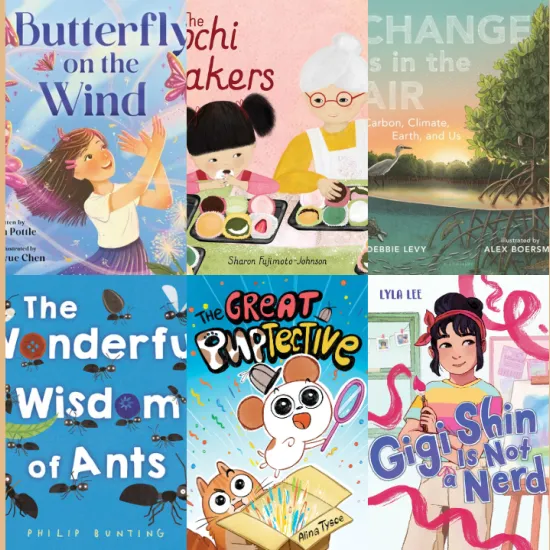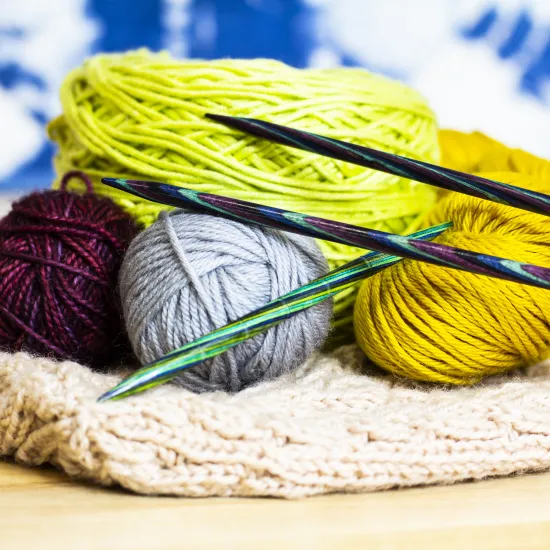- Emily J.
- Monday, December 14, 2020
Ways to Support Early Literacy at Home
All the boxes in my house never quite reach the recycling bin. They are swiftly taken from my grasp by my 4 year-old son who has a creative plan. He sits down at the art table to construct his latest invention with his toolkit of glue sticks, scissors, tape, and crayons. His brow furrows as he focuses trying to recreate the vision in his head. Finally, he leaves the table with crayons strewn everywhere and pieces of tape stuck to the carpet. I turn my head away—though it’s hard— from the mess on the floor and listen to his latest tale about one of his creations. He spins the tale and I listen.
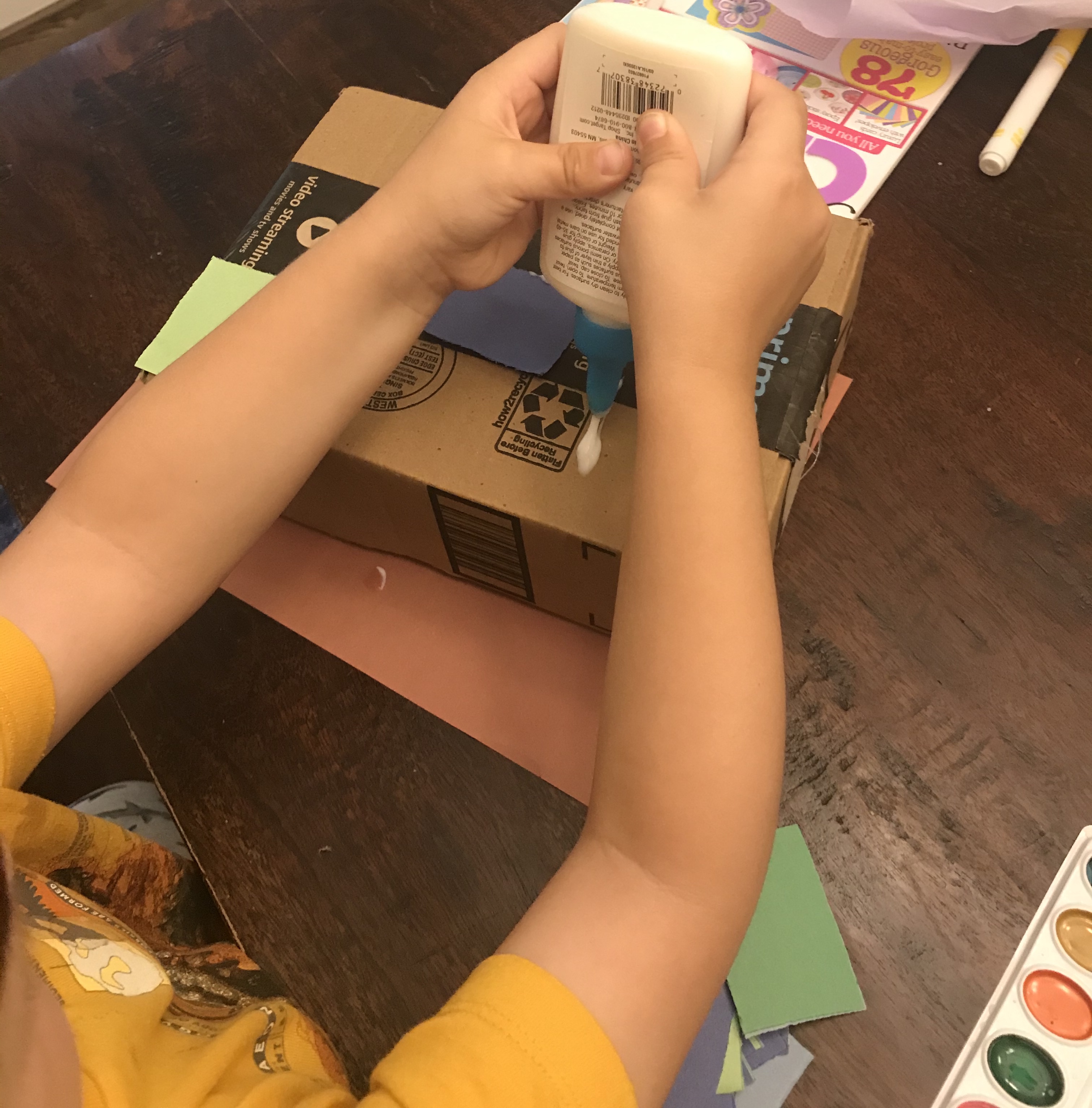
This brief snapshot into the mind of a 4 year-old tells us so much about early literacy. Literacy—simply put—has two distinct, yet equally important branches. The first branch consists of learning the building blocks of reading, the alphabetic principle and phonemic awareness. The tools that make reading possible. The second branch consists of developing the scaffolding for reading comprehension. Reading comprehension is the framework that makes learning possible. The two branches work in complete synchrony to grow our minds and expand our world view.
At this point, I imagine you are thinking, “How do I help prepare my child for reading comprehension?” Excellent question—and perhaps my favorite one to answer. All the things your child loves to do most are things needed to develop reading comprehension. Unstructured and imaginative play promotes independent learning through problem solving and exploration. Creative storytelling boosts the skills needed for narrative expression and social skills. Drawing shapes and squiggles refine the fine motor skills that make writing possible. And finally, sensory play grows observation skills, spatial awareness, cognitive development---and a whole slew of skills. So, playing with a cardboard box ticks almost all the boxes for developing comprehension skills. Can I get a high five?
1. Exposure to Books, Really, Good Books
One way to make this cardboard box scenario even more meaningful is—you guessed it— tie a book into the experience. Reading to your child is the single most important activity to grow a reader. Author Jim Trelease of the Read Aloud Handbook, says “The single most important activity for building the knowledge required for eventual success in reading is reading aloud to children.” Books are at the core of it—conversations, imaginative play, exploration, independent learning—the list goes on and on. Better yet, the more a child engages with a book through these activities, the more prepared they are for deep reading. Deep reading sets those brain synapsis ablaze making connections and growing cognitive abilities. Read, read, and read some more.
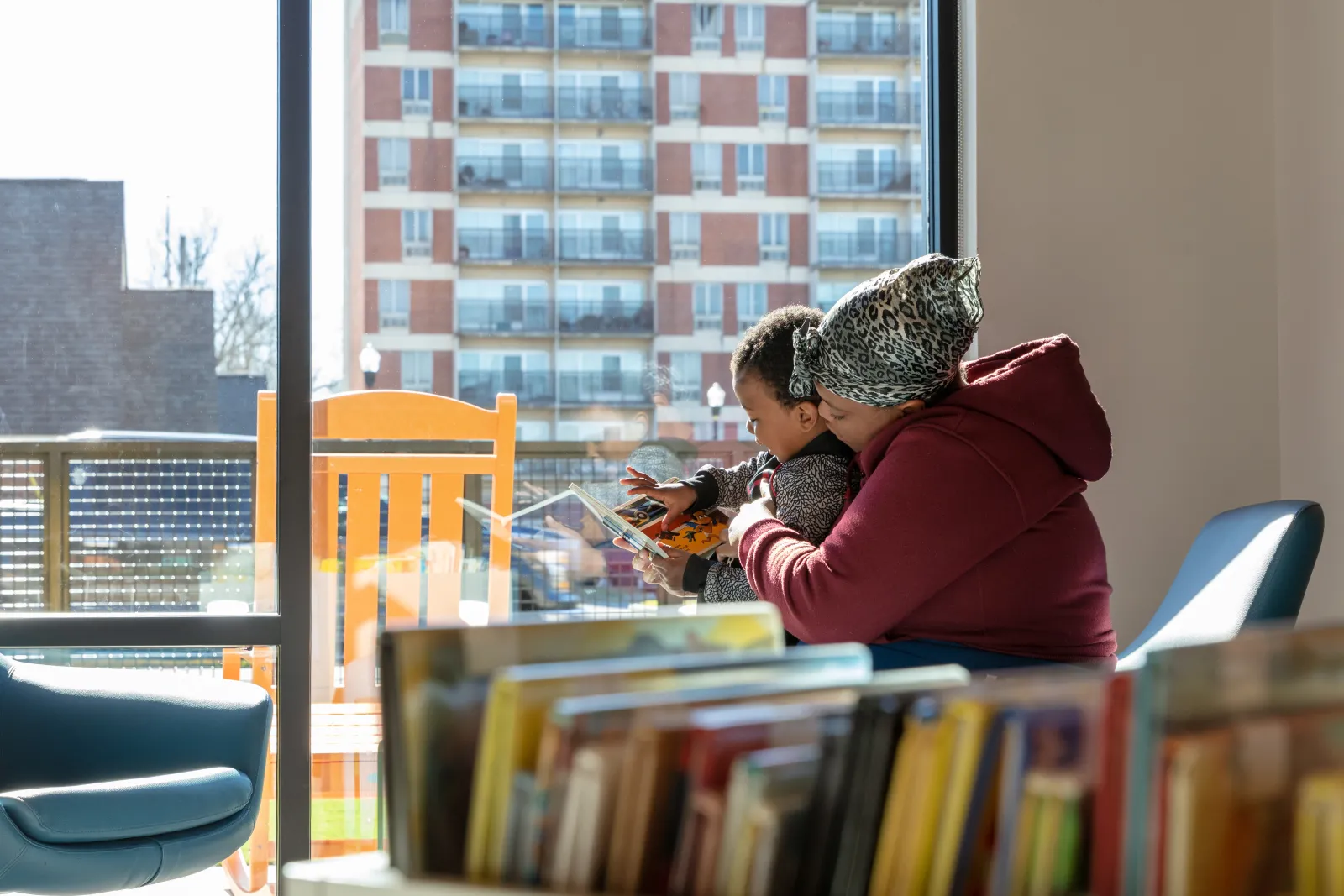
2. Let’s Talk About it
Noise is everywhere—well, at least it is at my house. The washer and dryer running, Hamilton soundtrack on repeat, air-conditioning flowing out of the vent, and the eventual child crying in the background, yes, our house is noisy. Children, like us, need quiet time to gather their thoughts and express what’s on their minds. Find a quiet spot to be together around the house or outside. Let your child start and guide the conversation and experiment with language. Your job is simple—just listen. This simple activity helps to develop important language and word skills and lets you model how to be an active listener. Both are important skills for early literacy.
Dr. Rebecca Silverman talks about the importance of conversation.
3. Imagination + Creativity = Brain Development
Remember what I said about cardboard boxes and the recycling bin? Take note of exhibit A. To me, it’s a box, but for my son, this box is a Triceratops costume. He imagined it and I help him bring his idea to life. He invented the narrative to his story and in doing so, he reinforced his dinosaur knowledge. He made a couple of new friends, parading around the neighborhood, who he thoughtfully explained his costume to—in great detail.
Children have a way of reimagining the simplest things—cardboard boxes, sticks, flower petals, and empty containers. This is the foundation of out-of-the-box thinking skills and the ability to connect ideas. Reading comprehension is simply the ability to connect ideas even when they are obscure and hard to piece together.
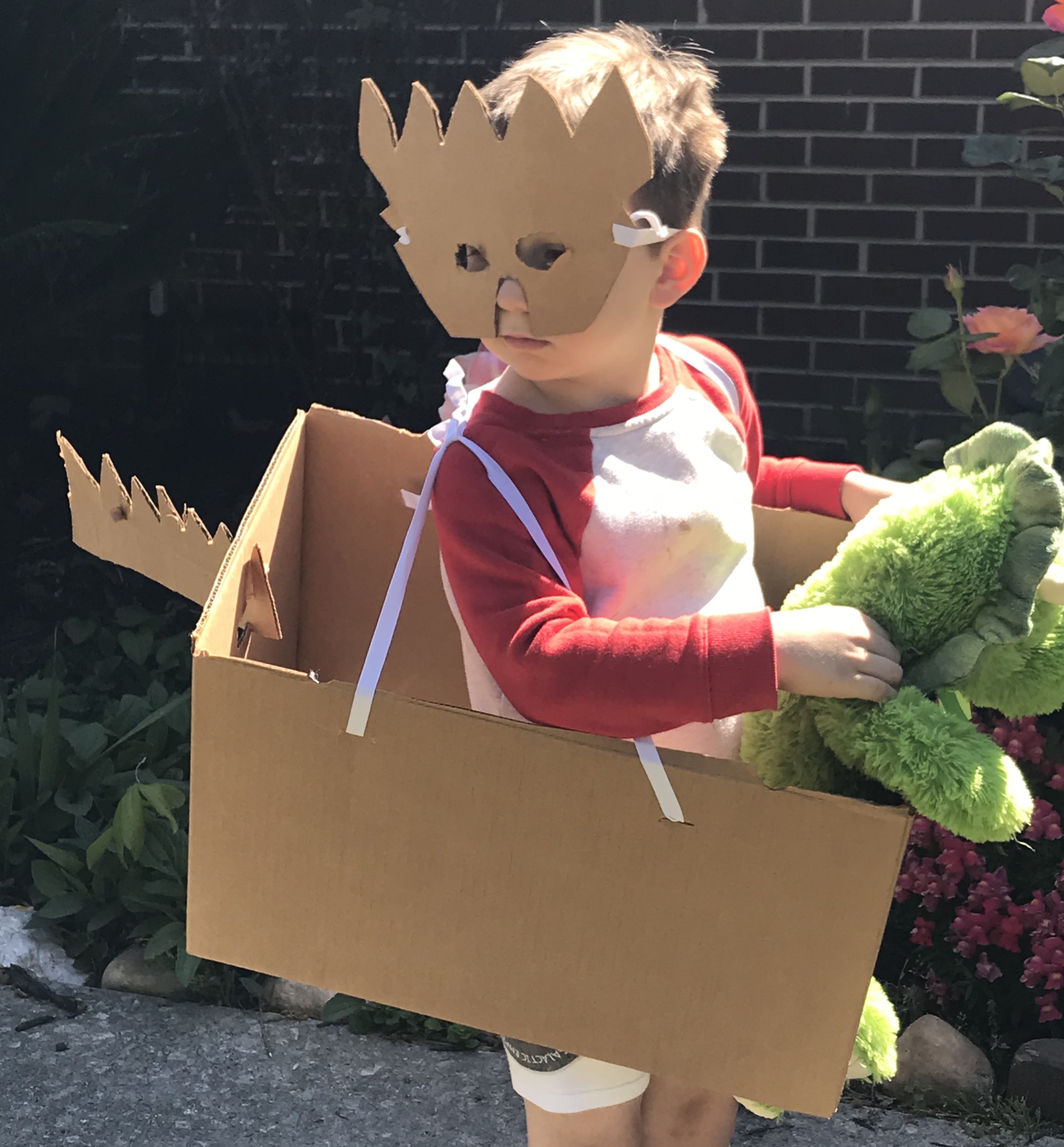
Outdoor play supports creativity and imagination.
4. Yes, Please, Get Your Hands Dirty
One my children’s favorite pastimes is digging up rocks and dirt in the backyard to create mud pies. It’s dirty and messy and ultimately results frequent bath times. I’ve come to terms with it. Learning is messy.
Tiny bit of brain science: The goal of sensory play is for a child to establish body awareness. Their bodies are constantly receiving messages through their 5 senses (see, touch, taste, ear, and smell). The brain needs practice connecting these messages into a bigger picture: how a child perceives the world. Sensory play leads to complex thinking skills and enhances memory. Both skills need to be a strong reader.
Want to learn more about the benefits of sensory play? Check out this video.
5. Strenghen Those Hand Muscles
Here’s the connection, reading and writing go hand in hand (no pun intended). Exercising the hand muscles before a child begins to form the letter of the alphabet is like walking before mastering a marathon. Fine motor skills take time to grow and strengthen. Peeling stickers, kneading playdough, and stringing beads are example of strength training exercises for your hands.
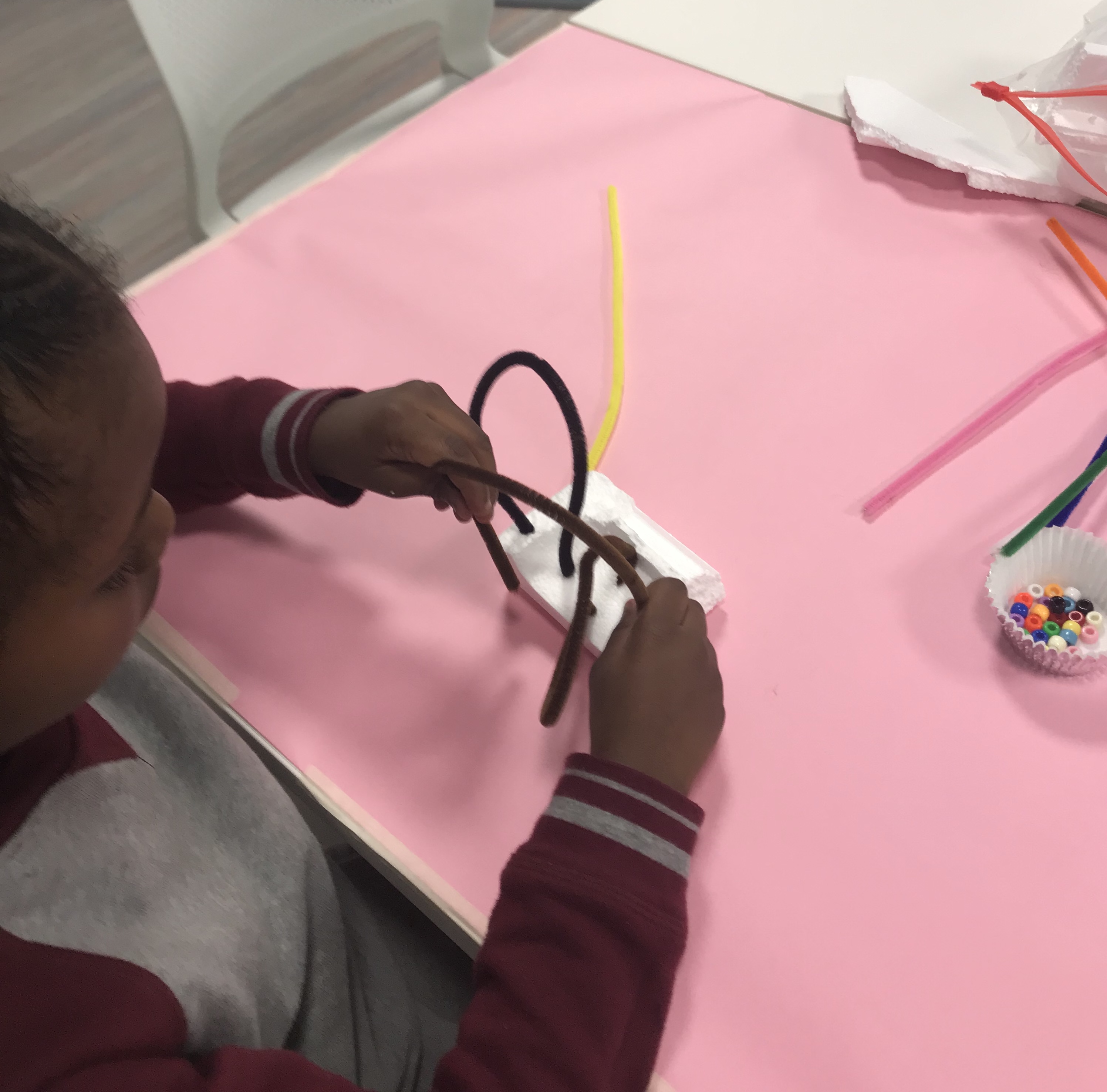
Help your child practice holding a writing utensil using the tripod grip. This grip gives children steady control of the pencil and prevents handwriting fatigue. It takes time, practice and continuous reinforcement, but in the end, it’s well worth it.
Before jumping into writing the alphabet, practice drawing circles, lines, zigzags, and scribbles. These simple activities help to prepare your child for writing letters.
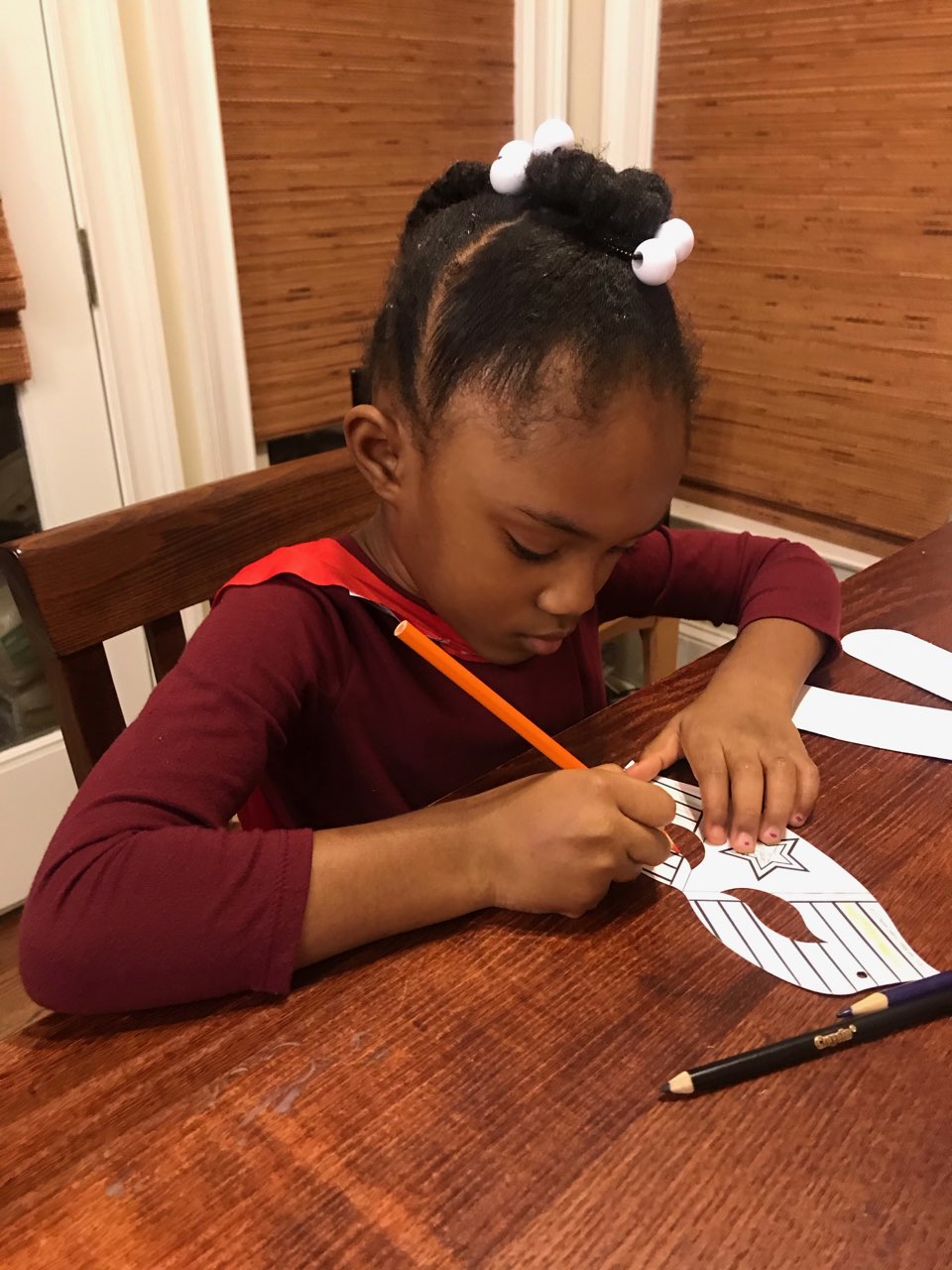
Books to Read:
The titles below are packed full of ideas on how to promote early literacy through play at home. Want us to pull books for you? Contact us at 803-799-9084 and request to have books sent to your nearest Richland Library location.

Loose Parts 2



Playful Learning Lab for Kids



Art Lab for Kids

How to Raise an Amazing Child the Montessori Way

Nature Play at Home

